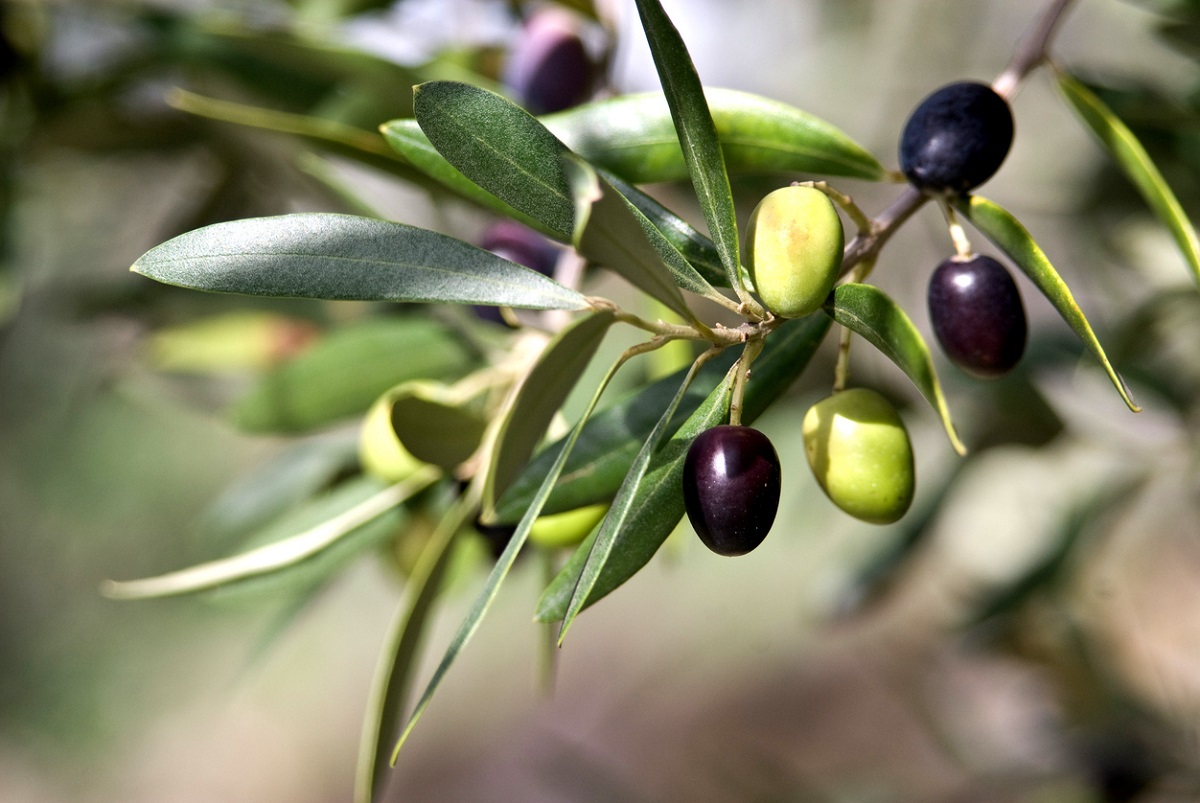
More Olive Genomes Identified by Scientists
June 23, 2021| |
Chinese scientists used advanced sequencing technologies to update the olive genome, which was incompletely obtained in 2016. The new information can provide more information to olive researchers globally and provide a better foundation for its molecular breeding.
Olives have a high number of repetitive sequences in their genomes and are complex in nature, making sequencing difficult. But the research team found a way to obtain more sequences and perform seven different strategies to assemble the final genome using Oxford Nanopore third-generation sequencing and 'Hi-C' scaffolding to conduct comparative genomics analyses. These included gene family expansion and contraction, whole-genome replication, phylogenetic analysis, and positive selection.
Their findings led to the identification of nine gene families with 202 genes involved in the biosynthesis of the oleuropein, the bitter compound found in the olive's skin, flesh, leaves, and seeds. This is twice as many genes as previously known. Their results also revealed that part of the olive's DNA is similar to the soybeans and sunflower's. According to the scientists, it is possible to cultivate olive varieties and produce olive oil with better quality in the future using their high-quality genome map.
Read the full paper in Horticulture Research to learn more with reports from AAAS.
| |
You might also like:
- Mango Genome Sequence Leads to Candidate Genes for Fruit Quality
- Massive Molecular Study Reveals Evolution and Diversification of Legumes
- Genome Sequencing of 445 Varieties Reveals Domestication History of Cultivated Lettuce
Biotech Updates is a weekly newsletter of ISAAA, a not-for-profit organization. It is distributed for free to over 22,000 subscribers worldwide to inform them about the key developments in biosciences, especially in biotechnology. Your support will help us in our mission to feed the world with knowledge. You can help by donating as little as $10.
-
See more articles:
-
News from Around the World
- Could Gene Drive Protect Nature?
- Kenya National Biosafety Authority Approves Genetically Modified Cassava
- Bioactive Packaging Keeps Strawberries Fresh
- Plant Immune Proteins Kill Cells to Defend against Pathogens
- Pakistan's Government Committed to Develop Agriculture for Food Security
- Researchers Report Resequenced Vietnamese Rice Genome
- Award-winning Purple Tomato to be Released in China in Disney Packaging
- EFSA Publishes Scientific Opinion on Herbicide Tolerant Oilseed Rape 73496
- Genetics Allows Selection of Cattles that Produce Less Methane
-
Research Highlights
- More Olive Genomes Identified by Scientists
- Experts Tackle Induced Mutagenesis in Date Palm Breeding
-
Plant
- Study Finds Gene Editing in Cattle Produces No Off-Target Mutagenesis
-
Read the latest: - Biotech Updates (October 22, 2025)
- Gene Editing Supplement (September 24, 2025)
- Gene Drive Supplement (February 22, 2023)
-
Subscribe to BU: - Share
- Tweet

